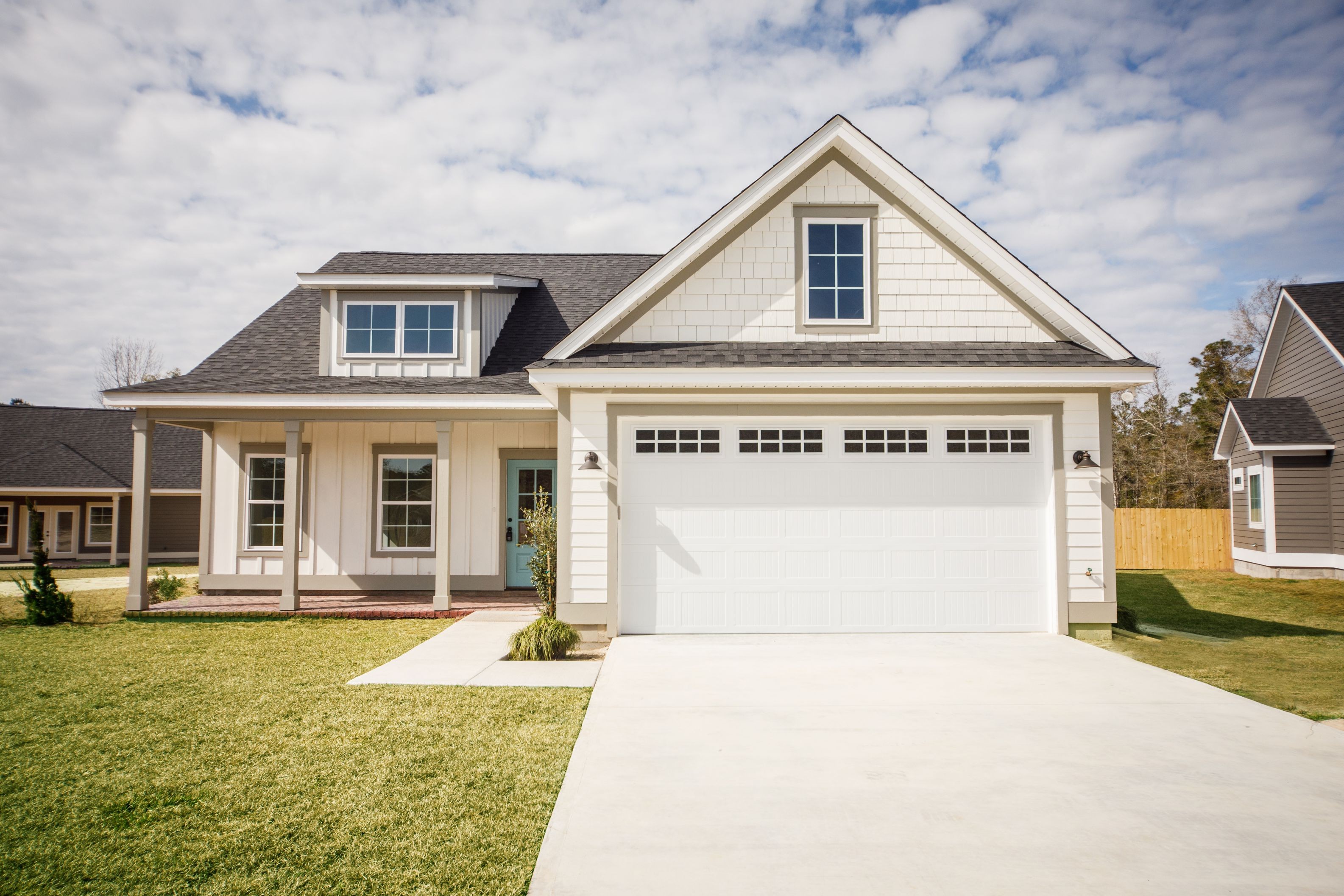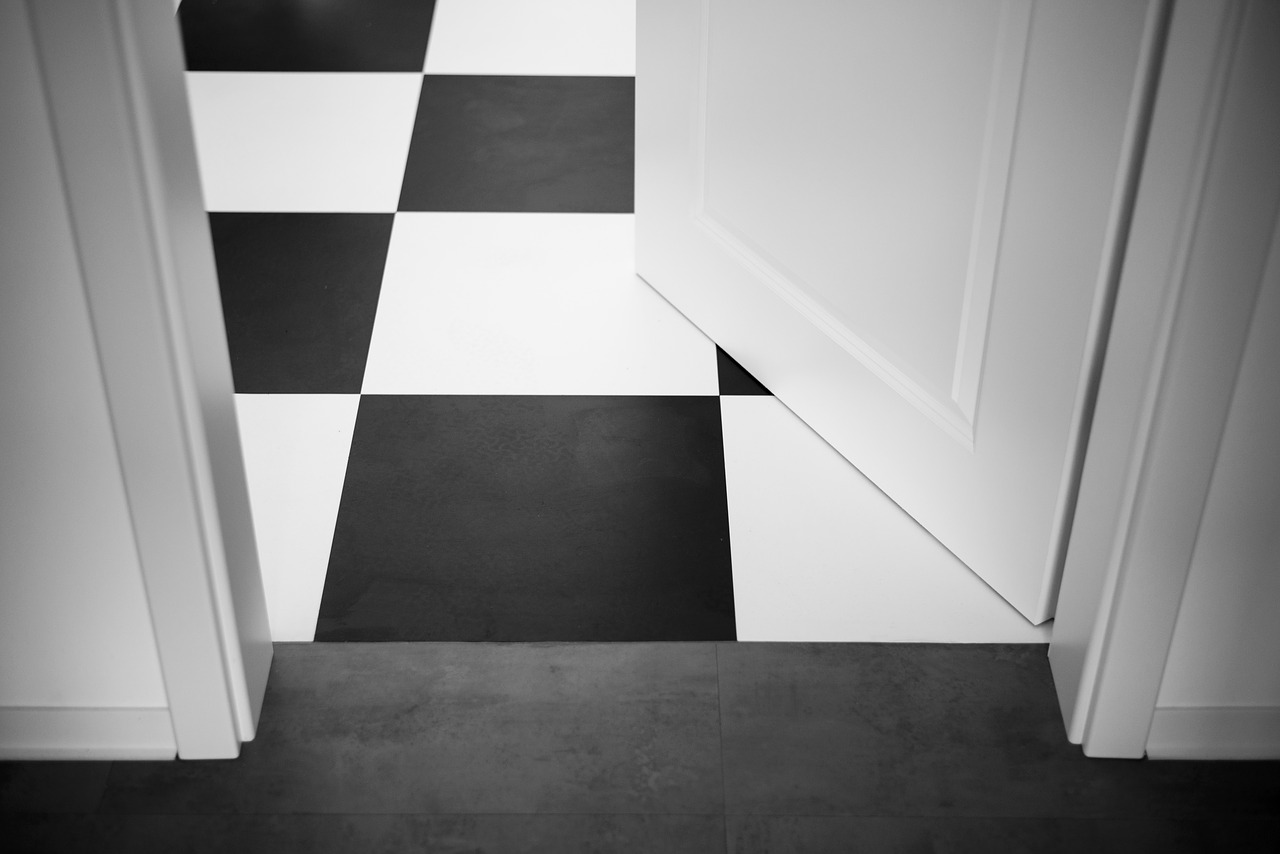Are you planning a new building or would like to renovate an existing house in Delaware? Then you should think about window planning at an early stage.
Panorama windows, winter gardens and huge roof windows: There are many types of windows that are chosen when planning new buildings or renovating existing residential buildings – because a lot of daylight is not only a blessing for body and soul, but also has a positive effect on the ambience.
Triple glazing and different frame materials also ensure that building owners no longer have to fear energetically inefficient windows. But what aspects need to be considered when planning windows? We have compiled a guide with eight tips for you to help with Delaware window replacement
1. Selection of window types
Today, windows are manifold: In addition to classic casement windows, corner windows, skylights, panorama windows and skylights are used in contemporary buildings. The larger the windows and the angle of incidence of the sun, the brighter the room. Floor-to-ceiling windows are therefore particularly popular. They connect interior and exterior spaces in Delaware.
While on the ground floor they often allow a direct exit to the outside, on the upper floors a fall protection system with French balconies is recommended: The panels mounted in front of the windows provide reliable protection for the occupants.
2. Energy-efficient placement of the windows
Window planning is not an arbitrary decision, but has to do above all with the optimal use of energy. Large window elements, which can benefit geographically from the sun’s rays, make sense, especially on the façade sides. This effectively saves heating costs in winter, as rooms heat up quickly.
The only condition: In summer, the sun’s rays on the same window fronts make it very hot and rooms overheat quickly. Therefore, the installation of shading systems such as blinds, roller blinds or pleated blinds is absolutely necessary.
3. Insulation in window construction
The triple glazing of windows is now an architectural standard – especially when it comes to large window elements. Energy institutes now rate windows with U-values between 0.9 and 0.5 W/(m²K) as having good insulation properties. The prerequisite for triple glazing, however, is a thermally closed building envelope in which not only the windows but also the roof and façade are optimally insulated.
4. Window planning in space relation
How many windows you plan in a room is largely a question of personal taste. The building regulations of the federal states themselves stipulate a ratio of at least ten percent between room area and windows. However, the trend is increasingly towards large window fronts. There are now various apps on the market that help with planning: One example is the “Home Design 3D” app, which is available for both Apple and Android devices. With the app, building owners can plan rooms in a 3D look – including window types and sizes. The three-dimensionality not only gives users a good impression of what the living environment will look like in the future.
It is also a flexible and cost-effective way of trying out different room models without obligation.
5. The right sound isolation
Anyone planning to build windows should be concerned with the issue of sound isolation, especially in urban areas. Triple glazing alone is not enough: Noise insulation for windows is divided into different sound insulation classes. Talk to your window manufacturer and ask about the possibilities so that your choice meets the requirements of the environment.
6. Choice of material for window frames
To this day, wood, plastic and aluminium are the main materials used in window construction. Windows made of aluminium and wood composites are particularly popular. They perfectly combine the advantages of both materials. Aluminium frames are weatherproof, have very thin profiles, which are particularly suitable for contemporary buildings and thus offer an optimal window frame for the facade. The wooden frame inside, on the other hand, ensures a healthy living climate and optimally transmits heat.
7. Sun protection: to be considered with each window size
Sun protection is recommended for south windows. While a room warms up pleasantly in winter due to UV radiation, the heat can become unpleasant during the summer season. Venetian blinds, pleated blinds or roller blinds effectively repel heat. The most reliable models are those that are mounted outside. They prevent heat from entering the building. Since 2014, shading systems have been mandatory under the Energy Saving Ordinance (EnEV) to keep energy costs low.
8. Burglary protection: safety first
The feeling of living protected in one’s own house increases the quality of life of the residents considerably. As aesthetically pleasing as floor-to-ceiling windows are on the ground floor: Consider the increased risk of burglary and protect yourself and your home sufficiently.
New windows can be secured with tear-resistant foils inside the pane. If a pane is broken, the film remains intact and burglars cannot reach inside the house. Window locks, fittings or special glass breakage sensors, which emit a loud signal on contact, also provide reliable protection, which can also be retrofitted.
Conclusion
If windows are optimally planned in a new building, they not only ensure an attractive design of the building, but also an individual ambience in the living spaces. The new triple glazing and materials also offer building owners the opportunity to make their homes fit for the future from an energy point of view.










